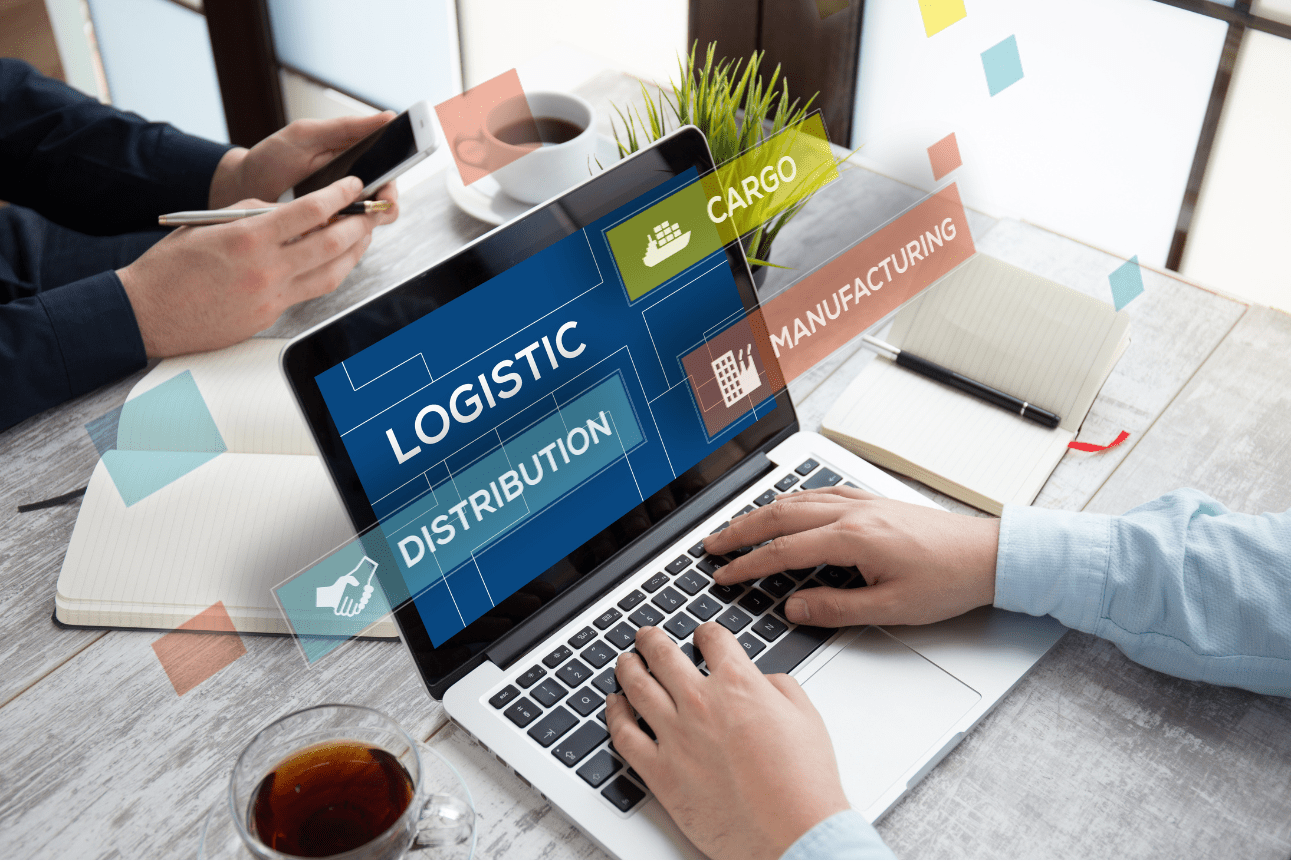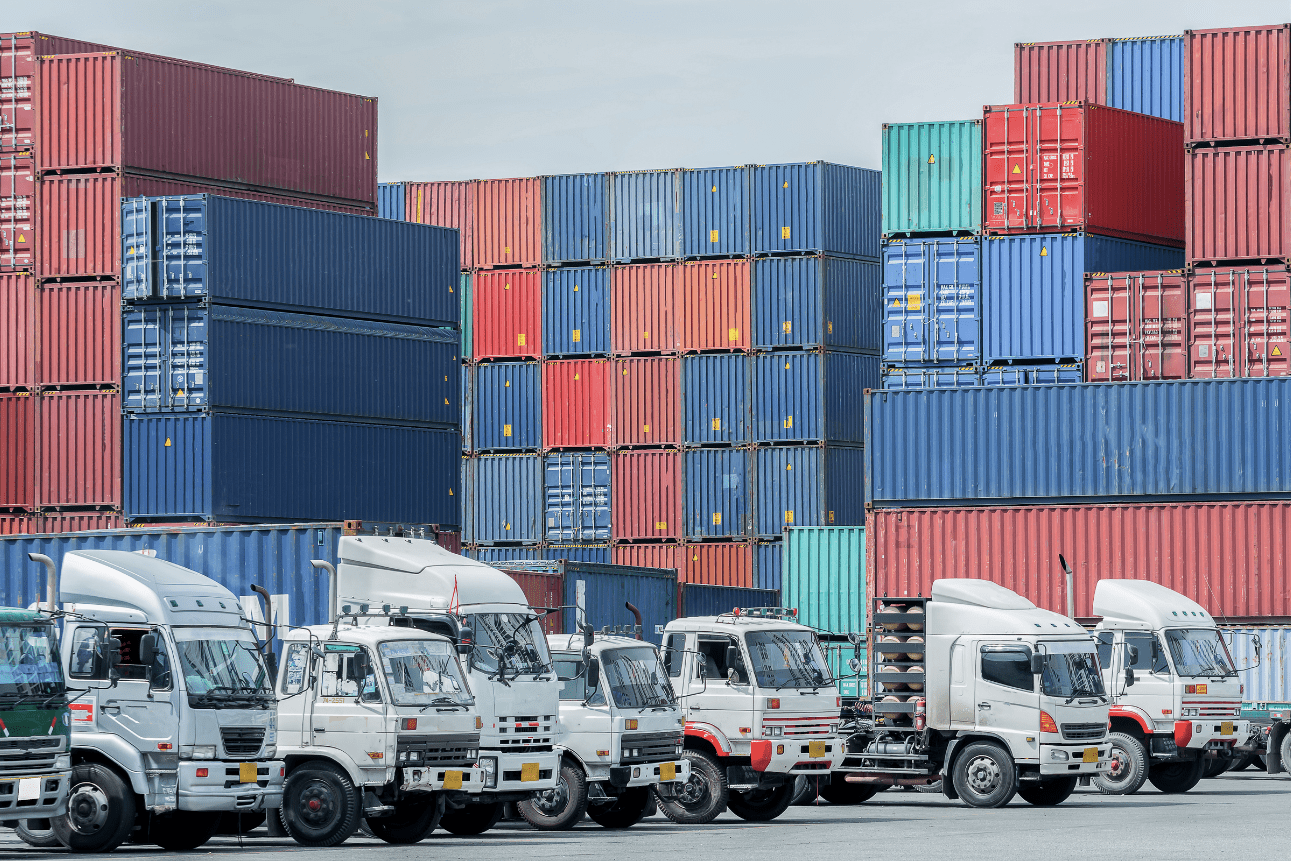E‑Commerce Warehousing Outsourcing for Faster Growth
In the fast-paced world of online retail, e‑commerce warehousing outsourcing is no longer just an option—it’s a strategic move. As consumer expectations rise and same-day delivery becomes the norm, many online retailers are turning to outsourced fulfillment centers to streamline operations, cut costs, and scale efficiently.
Why E‑Commerce Warehousing Outsourcing Is Booming
The growth of e-commerce has made warehousing logistics more complex than ever. Managing inventory, shipping, returns, and last-mile delivery internally can overwhelm even established businesses. That’s where e‑commerce warehousing outsourcing comes into play.
By outsourcing warehousing, businesses can:
- Save on operational costs: Avoid the high expenses of renting or buying warehouse space and staffing.
- Scale quickly: Fulfillment providers can adjust to seasonal fluctuations and growing order volumes.
- Improve delivery speed: With multiple warehouse locations, outsourced partners can ensure faster shipping.
What Are Outsourced Fulfillment Centers and How Do They Work?
Outsourced fulfillment centers are third-party logistics providers (3PLs) that store, pack, and ship products on behalf of e-commerce sellers. These centers handle everything from receiving inventory to managing returns.
Here’s how they benefit your business:
- Inventory management: Real-time tracking and stock level automation.
- Professional packing: Reduces errors and improves customer satisfaction.
- Shipping optimization: Bulk shipping rates and multiple courier options.
These centers also integrate with major e-commerce platforms like Shopify, Amazon, and WooCommerce, ensuring seamless order processing.
How to Outsource Warehousing for E‑Commerce Business
If you’re wondering how to outsource warehousing for e‑commerce business, here’s a step-by-step guide to get you started:
1. Evaluate your needs
Determine your order volume, storage requirements, and shipping zones.
2. Research 3PL providers
Look for providers with experience in your niche, good reviews, and tech capabilities.
3. Request quotes and demos
Understand their pricing model—some charge per order, others per square foot.
4. Test integration
Make sure the provider can seamlessly connect with your e-commerce platform.
5. Start small, then scale
Begin with a small product line or region to test their service before full-scale rollout.
By taking these steps, you can confidently shift from managing logistics to focusing on growth and customer satisfaction.
The Future of E‑Commerce Logistics
As e-commerce continues to evolve, so will the logistics landscape. AI-driven inventory predictions, drone deliveries, and hyperlocal fulfillment hubs are rapidly transforming the industry.
By partnering with Superstaff for your e‑commerce warehousing outsourcing needs today, your business will be better equipped to stay ahead of the curve and adapt seamlessly to tomorrow’s challenges.



